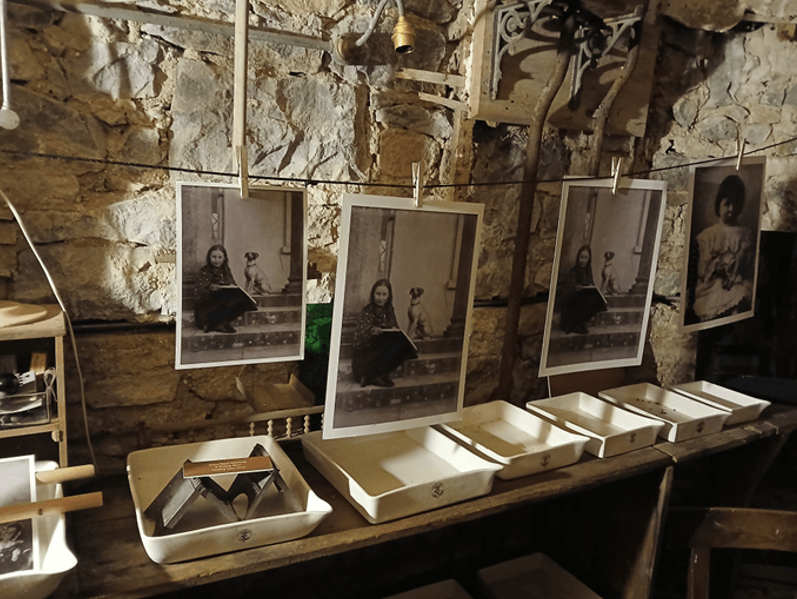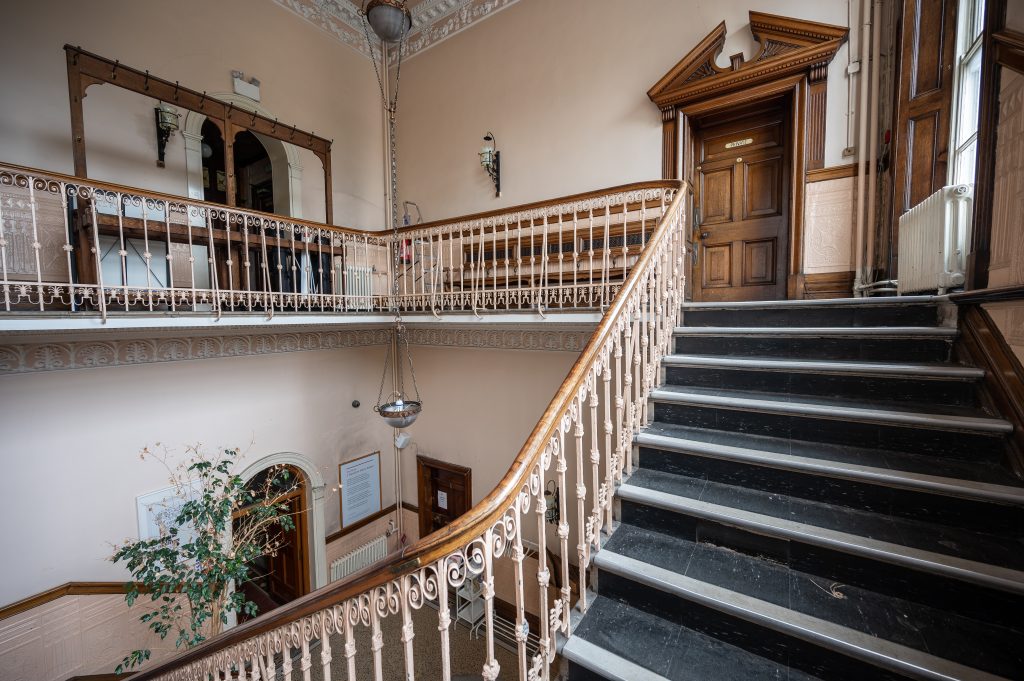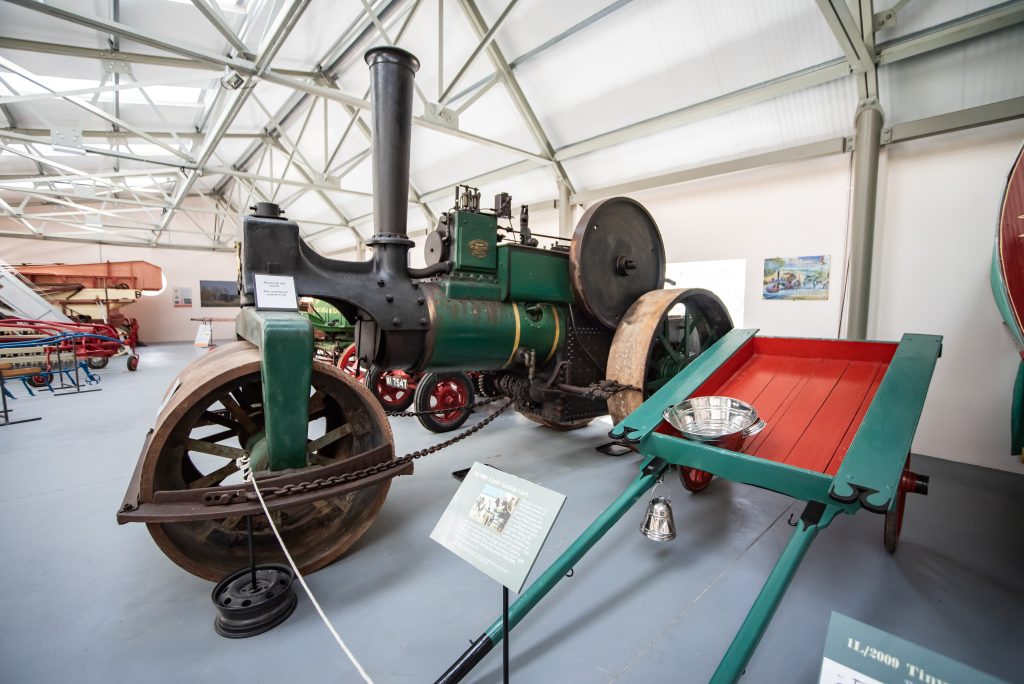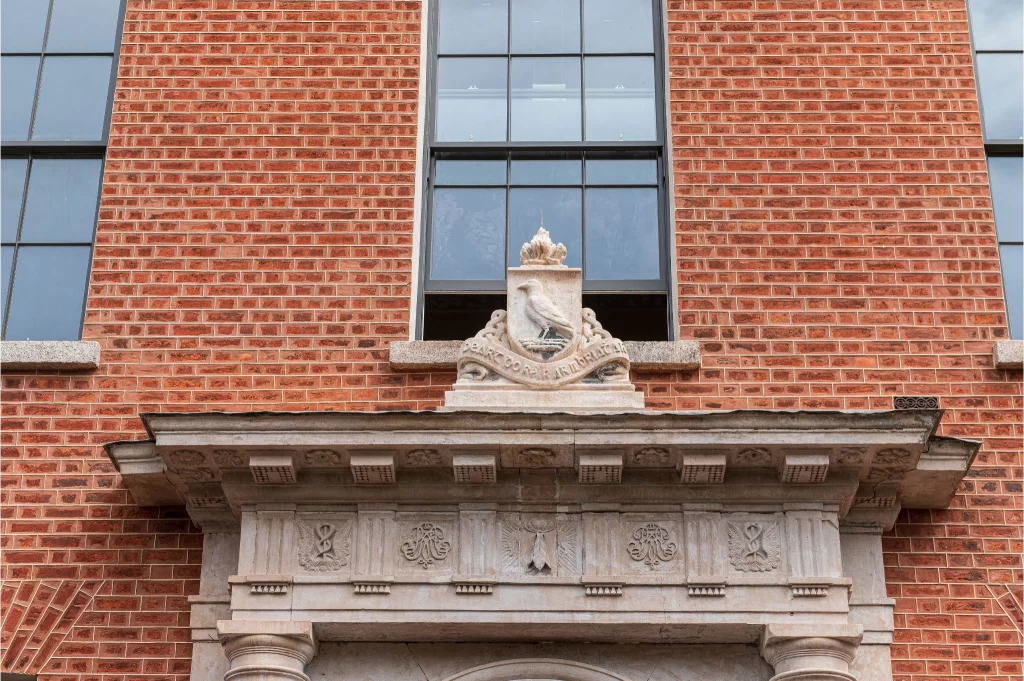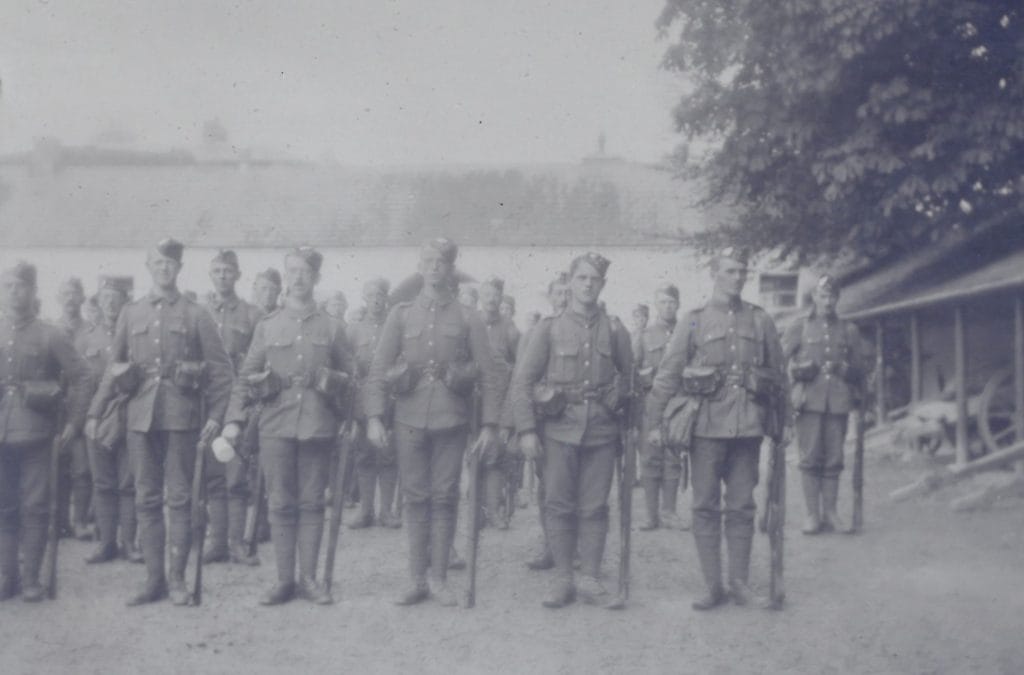15 August 2024
Ciarán Fitzgerald has been Head Gardener at Johnstown Castle Estate for five years and is as enthusiastic as day one! We talked to him about pioneering projects, sustainability, and some lesser-known facts about the estate.
Firstly, what makes up the 120-acres at Johnstown Castle Estate?
We’ve got…
- 50-acres of woodland
- 22 acres of lakes (Garden Lake, Castle Lake, Lower Lake)
- A 15-acre arboretum
- 9-acres of native hay meadow
- 8.5-acres of lawn
- 6-acres of grassland
- A 4-acre walled garden
- A ½ acre sunken garden
- 5km of pathways
- … not to mention a castle, museum, visitor centre and playground!
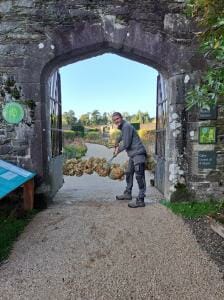
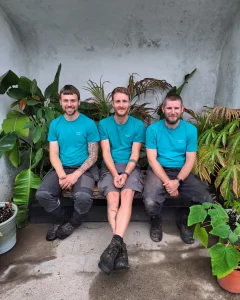
Tell me a few things people might not know about the estate?
We’re a team of three but we couldn’t do what we do without the help of a dedicated team of garden volunteers.
We have replanted 6,000 trees since 2019, all of Irish provenance and 90% of which came from the estate itself.
Everything we grow at Johnstown Castle is propagated onsite from seed or cuttings.
The Lower Lake is the largest inland freshwater lake in Wexford.
All the lakes at Johnstown Castle were man-made as famine relief projects.
The log piles around the estate are part of our sustainable approach to clearing the Laurel which makes up 80% of our woodland.
The recent mild and wet winters have led to a falloff of a third of our bee population.
Our blueberry bushes are said to be the oldest in Ireland.
We are developing an edible woodland where we have planted 85 heritage apple trees along with some cobnut trees (variety of hazelnut) and plan to add mushrooms, perennial vegetables, edible flowers and much more…

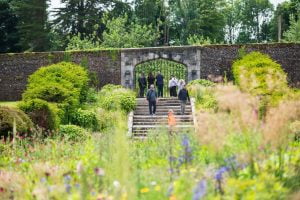
What’s the story with clearing the Laurel?
Most of our woodland at Johnstown Castle is engulfed in Laurel which is an invasive species we are working to remove. We dedicate between 4-6 weeks during the winter months to this, but progress is slow, clearing approx. 2 acres per year.
We are pioneering techniques from native American reservations and larger rewilding projects in continental Europe and Scotland to ensure we are using the most sustainable means to manage the estate and its biodiversity.
Instead of shipping the deadwood away where it could be burned and release its stored carbon back into the atmosphere, we store the wood in log piles onsite and put it to use where we can. Some of it is used for woodchip to nourish the edible woodland for example.
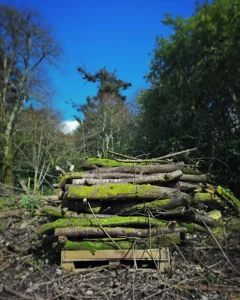
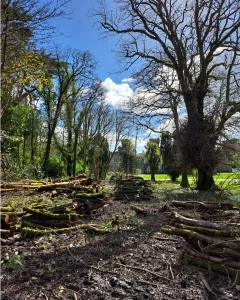
This year we will be using it to create turloughs (seasonal lakes) for flood management during the winter months. The deadwood will be used for mini dams to help slow the flow of water from the Garden Lake which we will allow to flood naturally. Deadwood and willow planting will create a living wall to keep the water in the woodland and out of the walled garden.
We think we’re the first estate garden in Ireland to be using this technique, all part of our focus on sustainable practices. And in case any visitors to the estate wonder about the log piled wood pallets onsite, this is to ensure the cleared plant doesn’t re-root. These wood piles act as carbon stores and provide homes for biodiversity such as insects and fungus.
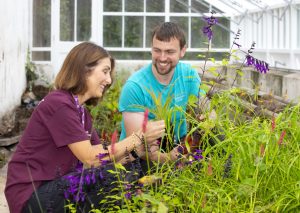
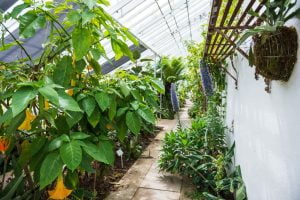
Any other significant projects you’ve been involved in?
There have been so many. The big ones would be the sunken garden redevelopment, the walled garden herbaceous border, the glasshouses and the native meadow planting. Click for more about these projects.
What else is coming down the track at Johnstown Castle gardens?
We’re working on phase three of the walled garden and developing the pathways to make it fully accessible for the first time.
We’re also discovering, rebuilding and restoring buried structures around the estate such as the extension of the statue wall. The foundations of this were only discovered in recent years.
And secret rooms at Johnstown Castle Estate are not confined to the castle. We discovered two secret rooms under the fishing tower and viewing platform at the Castle Lake. Only accessible from the water, these brick-lined dome rooms are like secret grottos and their original use remains a mystery!
With its 800-year history, Johnstown Castle continues to reveal its stories and remains a work in progress. Projects are ongoing all around the estate. We are blazing a trail in sustainable horticulture, biodiversity and landscape management, and enjoying (almost) every minute of it.
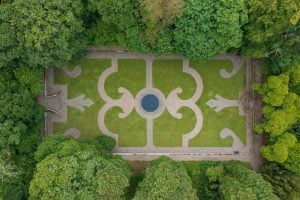
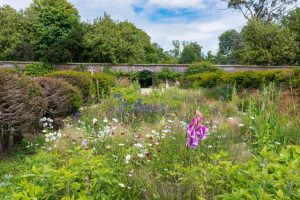
Find out more about how Ciarán and the team help the Johnstown Castle gardens and their biodiversity to thrive at our Nature & Sustainability Heritage Week event.
Johnstown Castle Estate is owned by Teagasc and cared for by the Irish Heritage Trust. Ciaran is one of three full time gardeners including Peter Jordan and Marty Reville. Projects are funded from a range of sources including ticket sales, membership and philanthropy; Department of Rural & Community Development under the Rural Regeneration and Development Fund; Capital Grants from the Department of Housing, Local Government Heritage.
Visit Johnstown Castle Estate Gardens
Find out more and plan your visit to Johnstown Castle gardens.


